Hoi An Ancient Town, Quang Nam Province, was once a bustling international trading port, a gathering place for merchant ships from Japan, China and the West during the 17th-18th centuries.
Through historical changes, the architectural and cultural values of Hoi An ancient town have gradually attracted the attention of scholars and tourists, turning this place into one of the most attractive tourist destinations in Vietnam.
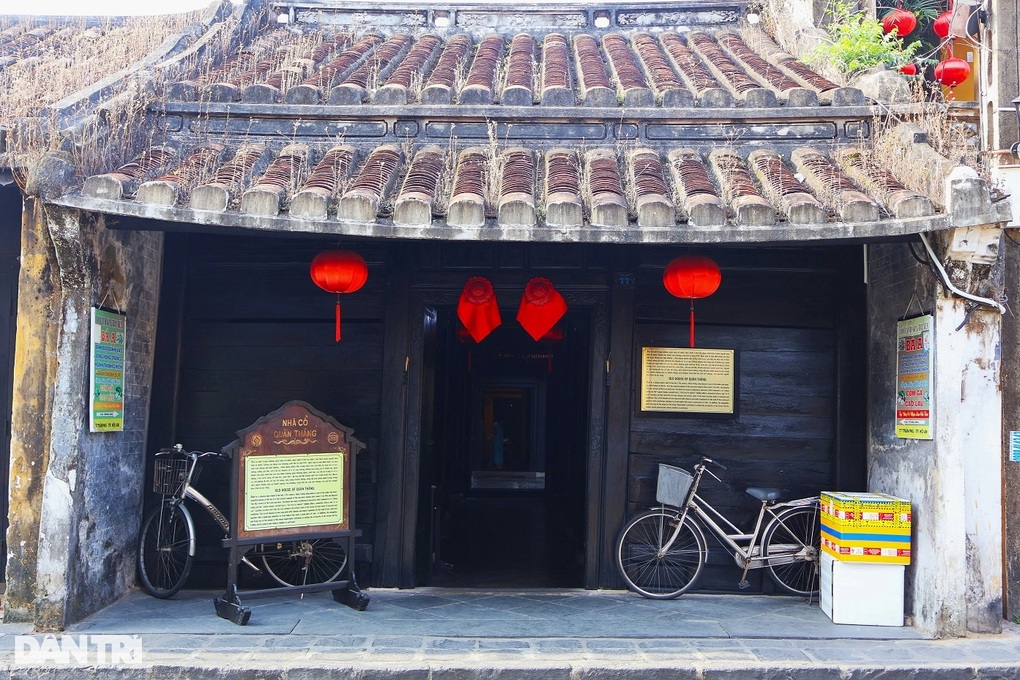
Tourists are often curious about the "door eyes" when exploring Hoi An ancient houses (Photo: Ngo Linh).
Visitors to Hoi An are often fascinated by the eyes on the facades of ancient houses. These eyes seem to watch every step, reminding people of manners and acting as invisible supervisors, as the teachings of the ancients say.
According to the Hoi An Cultural Heritage Management and Preservation Center, the ancient town currently has more than 200 pairs of door eyes with 20 different types. They can be circular, hexagonal, octagonal or carved into 6-8 chrysanthemum petals, a few are square, flat half-sphere...
Most door eyes are represented inside the yin-yang or bagua petals, the bagua enclosing the yin-yang circle.
In addition, the outer door has 5 bats carved on it, meaning "five blessings coming to the door". The door of the Japanese Covered Bridge is carved with a yin-yang circle surrounded by 4 lotus flowers on 4 sides.
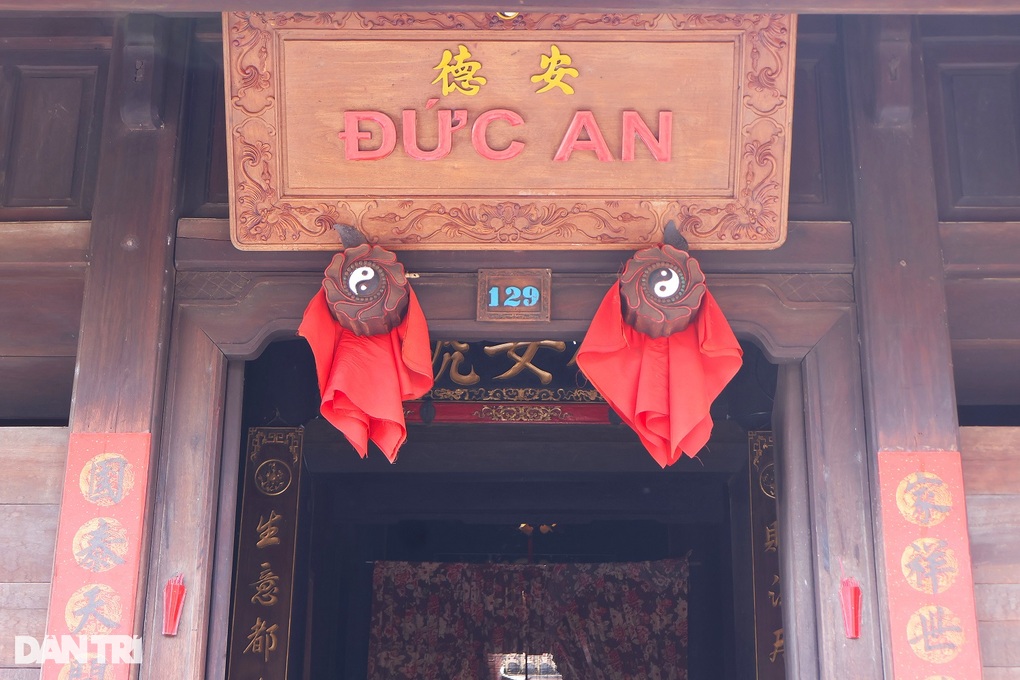
Hoi An Ancient Town currently has more than 200 pairs of "door eyes", with 20 different types (Photo: Ngo Linh).
Until now, there are still many explanations for the custom of decorating door eyes in Hoi An ancient town. Many researchers believe that the Chinese who came to Hoi An from the 17th to 18th centuries were the owners of the "old town eyes".
According to researcher Phung Tan Dong, the custom of worshiping door eyes and decorating and carving door eyes is a manifestation of cultural exchange and transformation, especially culture with China in Vietnam due to Chinese merchants coming to settle and make a living in Hoi An.
Hoi An people believe that the front door eye is considered a "divine eye" guarding the house, representing the desire for a prosperous and happy life, avoiding misfortune and risks, and preventing evil spirits from entering the house.
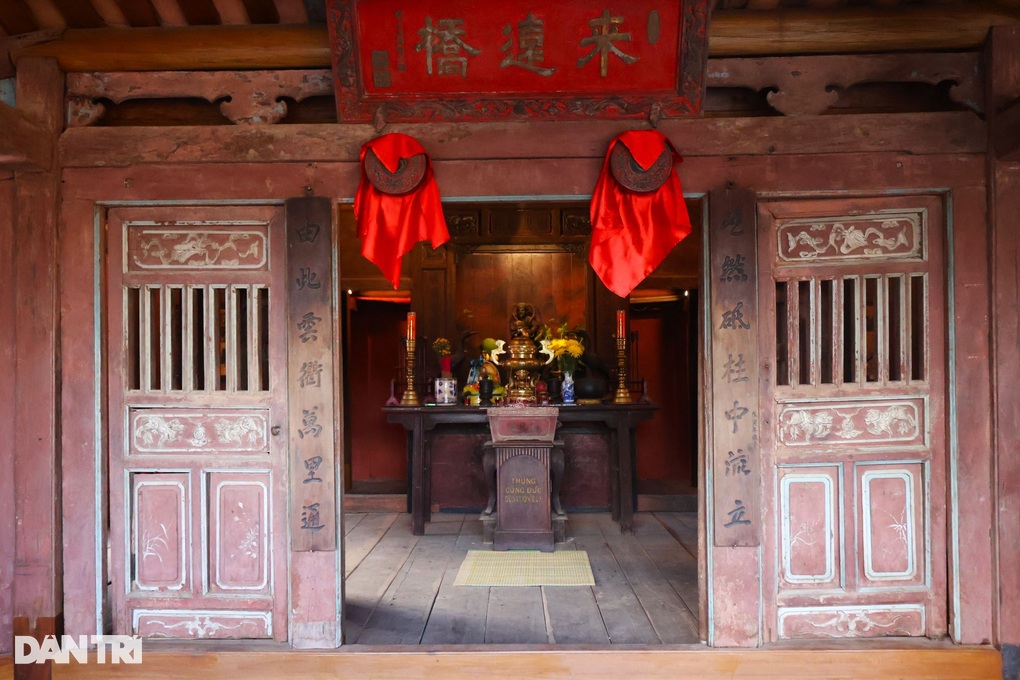
The gate of the Japanese Covered Bridge is carved with a yin-yang circle surrounded by four lotus flowers on four sides (Photo: Ngo Linh).
In front of the Quan Thang ancient house on Tran Phu street, there are also a pair of door eyes. This ancient house is over 300 years old and is one of the most beautiful ancient houses in Hoi An today. According to the owner of the house, the door eyes here are carved in the shape of chrysanthemums, decorated with eye-catching red fabric and have been preserved intact for hundreds of years.
Ms. Diep Ai Phuong, 7th generation of Quan Thang ancient house, said that the door eyes are the soul of the house, removing bad things in the family. The concept is that people have eyes, so the house must also have eyes.
Through the ups and downs, the eyes of the old town are still there, a beautiful feature in the religious culture of Hoi An. The eyes of the doors help Hoi An residents look at themselves, look at life, and teach their children and grandchildren about behavior and lifestyle.
Source: https://dantri.com.vn/du-lich/kham-pha-nhung-doi-mat-tren-cua-nha-co-tai-hoi-an-20250523102306973.htm


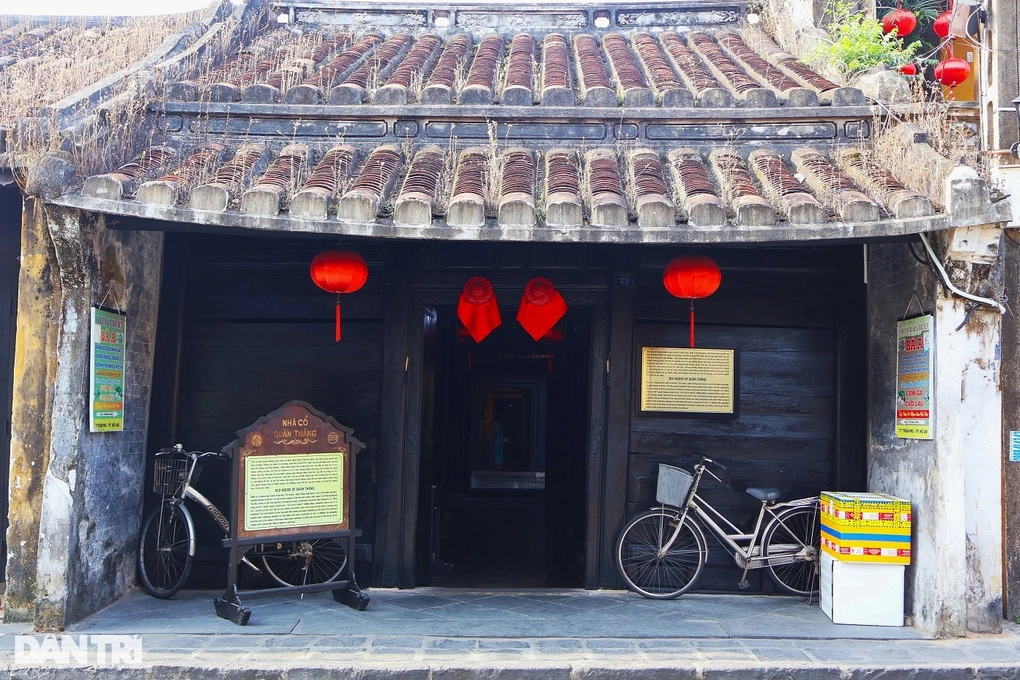
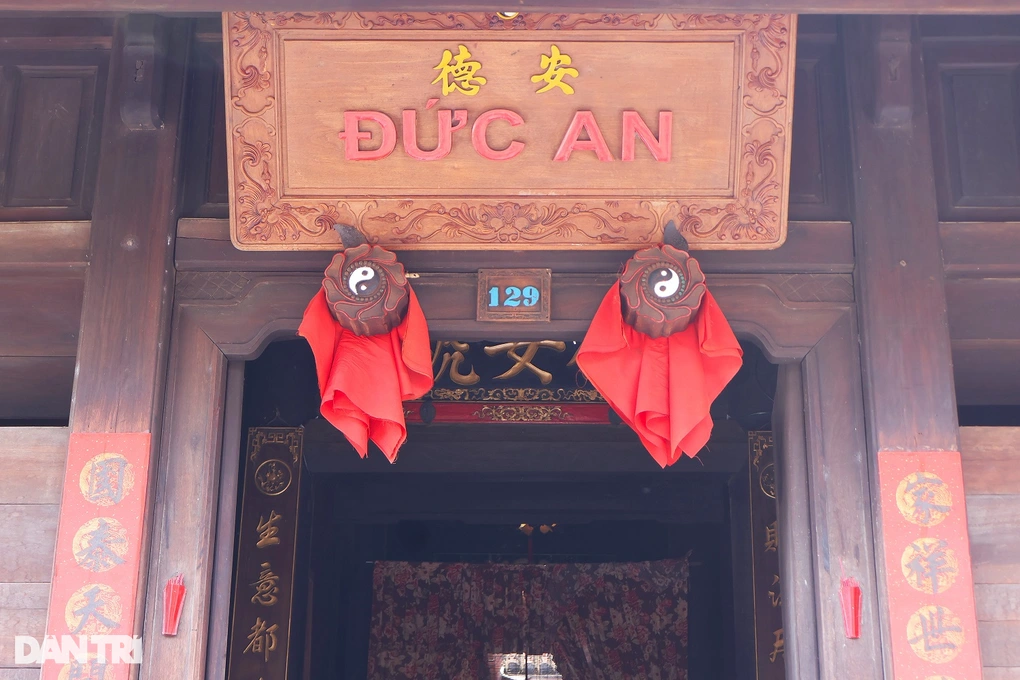
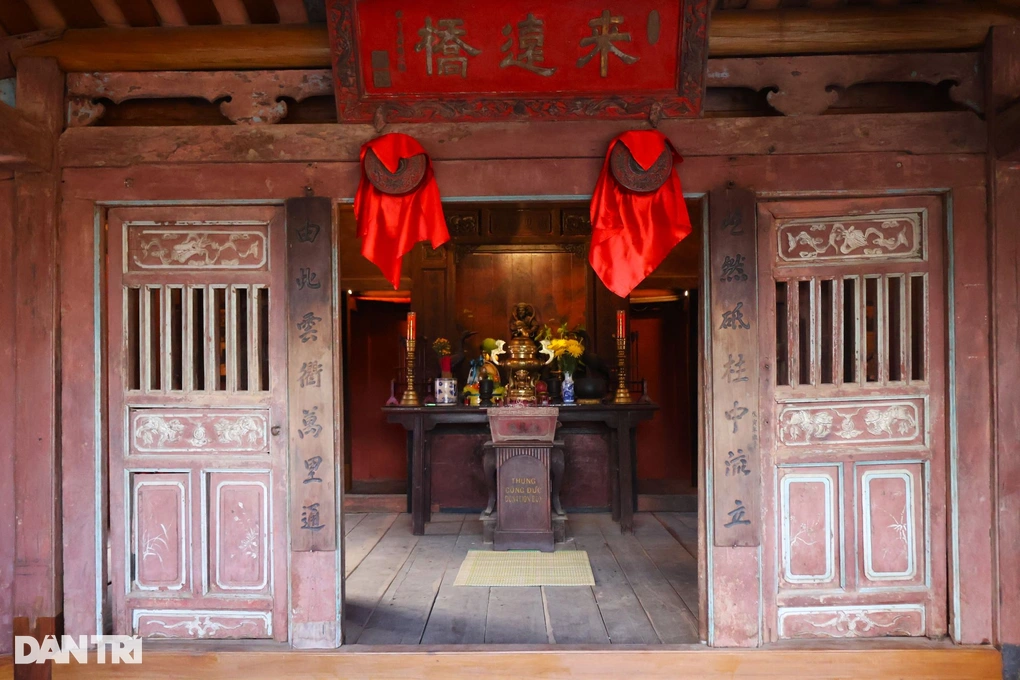




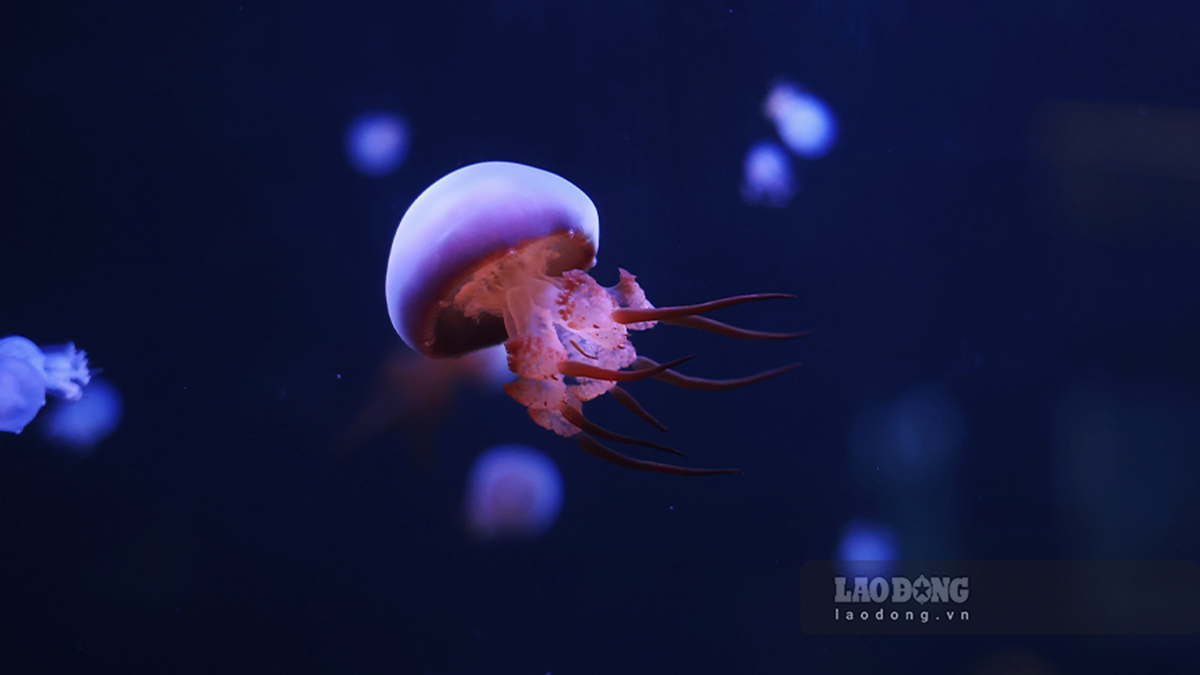
![[Photo] Opening of the 14th Conference of the 13th Party Central Committee](https://vphoto.vietnam.vn/thumb/1200x675/vietnam/resource/IMAGE/2025/11/05/1762310995216_a5-bnd-5742-5255-jpg.webp)



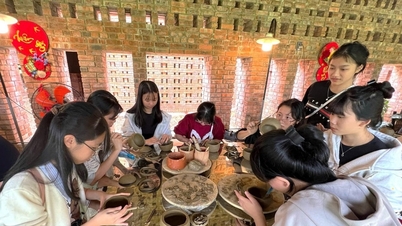




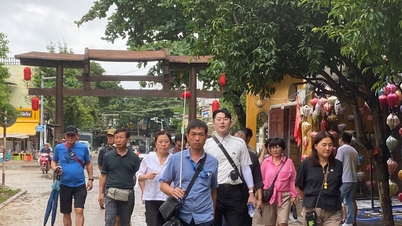
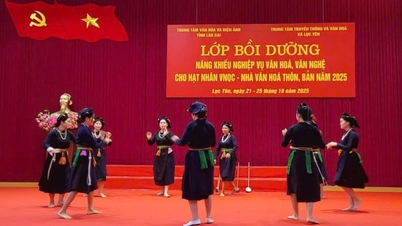



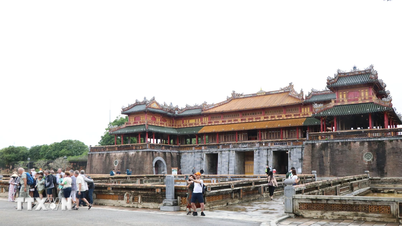



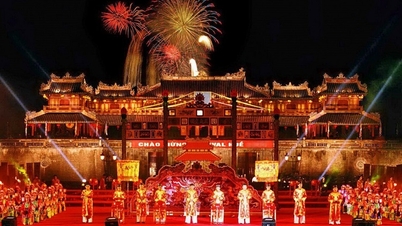
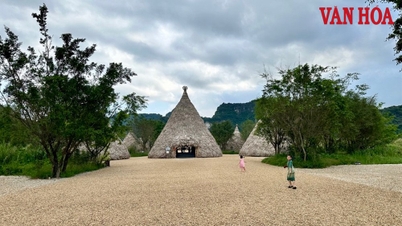










![[Photo] Panorama of the Patriotic Emulation Congress of Nhan Dan Newspaper for the period 2025-2030](https://vphoto.vietnam.vn/thumb/1200x675/vietnam/resource/IMAGE/2025/11/04/1762252775462_ndo_br_dhthiduayeuncbaond-6125-jpg.webp)


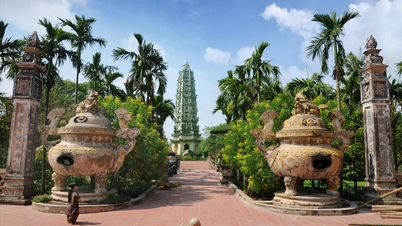




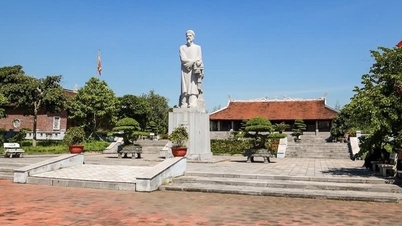





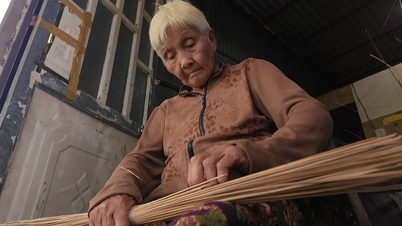



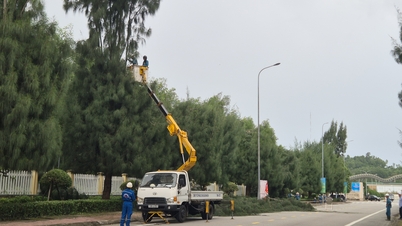





















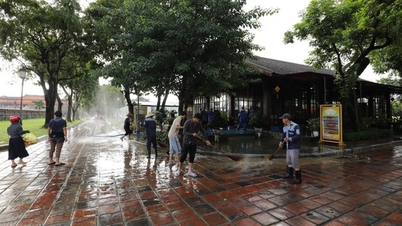





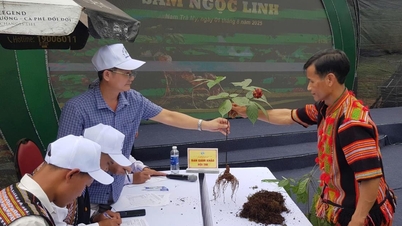

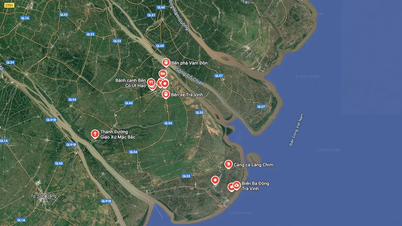


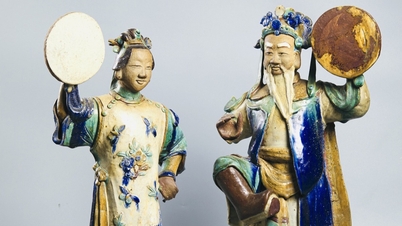













Comment (0)